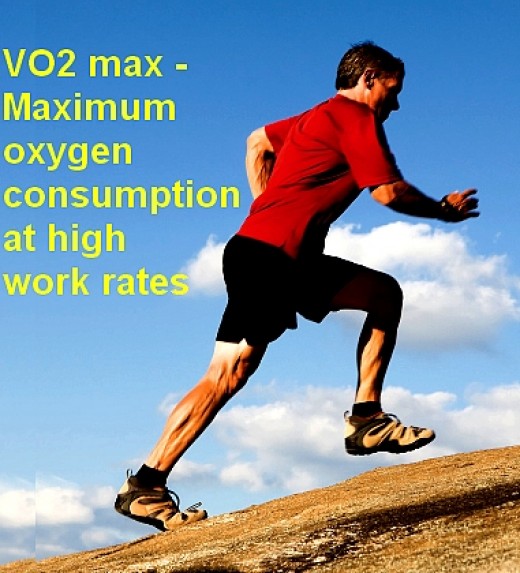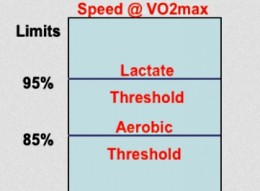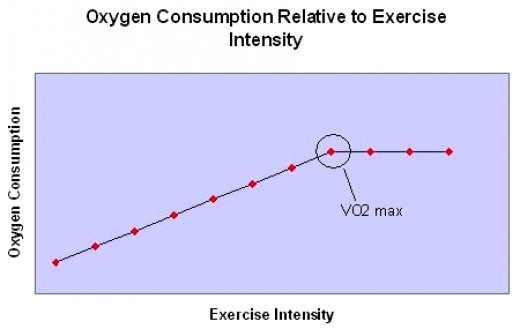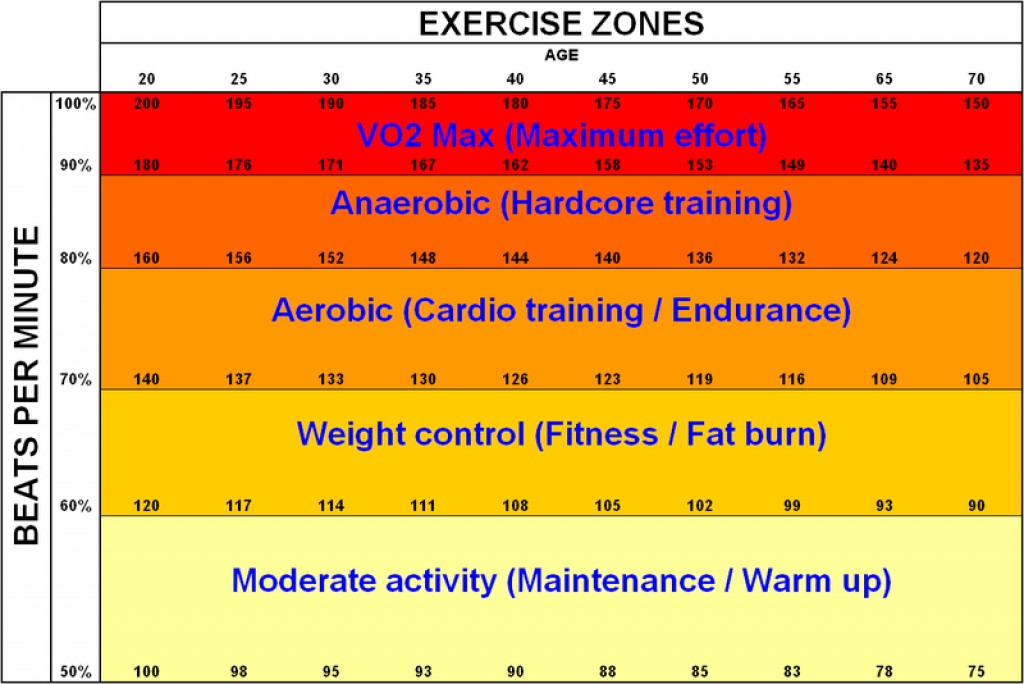How You Respond to Exercise – Some Do, Some Don’t, Depends on Genes
Research conducted in 2010, demonstrated that people’s response to aerobic exercise trainingvary wildly and appears to be genetically determined. Some men and women who take up track running to get fit, quickly show a good response. Others who do the same program and exactly the same exercise routines don’t get fit as measured by their ability to consume oxygen at a faster rate (VO2 max) and build better endurance. A new service allows you to take a swab inside your cheek, send it off to a lab to find out whether you have the genes to perform better during training. This article reviews the variability in the ability of people to train and how this affects their performance.
The researchers were interested in the benefits of short periods of high intensity training routines on improving the fitness of both groups. The idea was it see if short session of 15-20 minutes may be enough to improve fitness using moderate intensity interval training techniques.
How is Aerobic Fitness and Performance Measured?
Aerobic fitness is measured in the lab or gym by what is called VO2 max, which is the body’s ability to consume and supply oxygen to the muscles when working at peak demand rates.
Getting aerobically fit involves improving the ability to take up more oxygen and so do more work. Runners who compete in 400m and 800m events have very high VO2 max levels which can be measured in a gym or a physiology lab using a treadmill. Interval training and other methods are used to building aerobic fitness quickly, and to break-through any training plateaus that may develop.
Of course there are other benefits of exercise and working out including building muscle mass, weight control and promoting general well-being.
How can the Ability to Get Aerobically Fit be Determined?
A new genetic test developed from the original research offers a way to determine whether you are one of the lucky ones or whether all that pounding of the pavement, sweat and puffing will be of any benefit for fitness.
You can get a test done simply by getting a kit (about $300) and rubbing inside your cheek with a swab and sending the tissue sample back to the company for genetic tests.
The company will test whether you have the right gene markers signifying that you have the capacity to develop VO2 aerobic fitness.
The results are available in a few weeks and then you will know whether life as a 'lounge potato' may be justified after all (just joking).
How was the Genetic Link Determined?
In the original research the muscle tissue in a groups of volunteers was genotyped. These volunteers had completed 6 - 20 weeks of endurance training. The research found that there were about 30 genetic markers that were correlated with how fit people became after a period of training. The new test, developed from this research, can detect these genetic markers in people’s DNA.
There are a number of over-the-counter exercise-related gene test kits available, but these kits are much less accurate, reliable and sophisticated. The more advanced test is much more reliable.
These tests have obvious applications for screening of young athletes for their ability to become elite performers. However, a surprising number of older people have been having the test done as well. Many people simply want to know why their aerobic training programs using interval training programs and other programs have failed to produce the results they expected.
Do these Test Really Work?
Some people have criticised the test because it relies on VO2 max as the outcome to monitor, because there are many other ways of assessing fitness. To concentrate on one metric may therefore limit its predictive power, and may in some cases be misleading.
Fore example, the new test will not predict how exercise may affect your blood pressure, your insulin sensitivity or the efficiency of your energy metabolism. It will not tell you if exercising will help you lose weight.
The test may therefore discourage many people from exercising - denying them the broader range of benefits from exercising regularly. The genetic markers for these responses are quite different to those for VO2 max.
The researchers have responded to these criticisms by suggesting that the test should be used to focus people’s effort on the type of program that best suits their genetic makeup.
People who are “low” level responder to endurance training to build aerobic fitness, should concentrate on resistance training, gym workouts, yoga, martial arts and other programs that focus on building muscle, strength conditioning, flexibility, coordination and agility. These alternative fitness programs do not require development of increases in aerobic capacity that is required for running events or team sports.
Performance in long distance running events, marathons, Triathlons, fun runs and swimming depends on aerobic fitness, which is measured by the peak capacity to consume oxygen.
These long distance events require a different type of fitness than sprinting over 100-200m which is done anaerobically (without oxygen). Training for these events requires developing an ability to work at very high rates, and muscle development. Long distance runners work at much lower rates of energy expenditure, but need to sustain it over very long periods of time without going anaerobic.
The original 2010 research study showed that having the right genes accounted for about 25% of the variation in VO2 max.
This is a huge proportion, but it still leaves the remaining 75% to be accounted for by the training regime.



